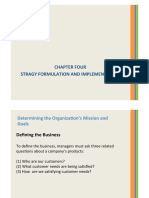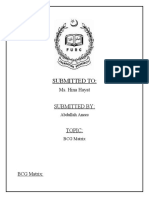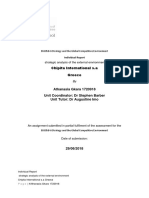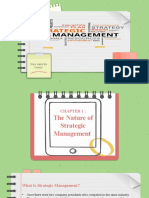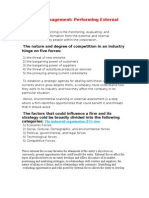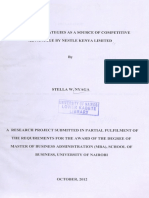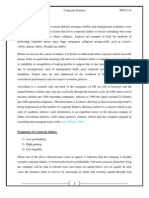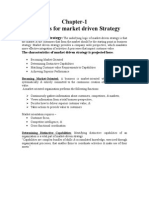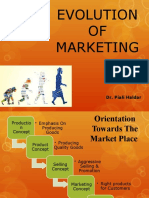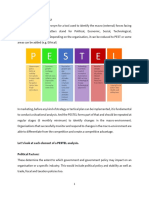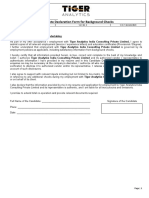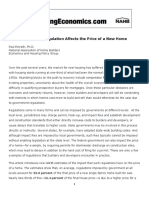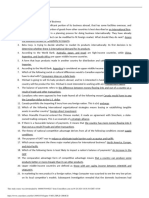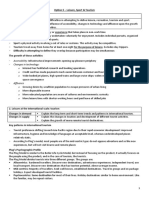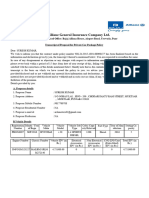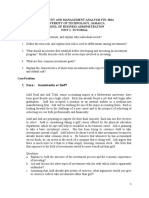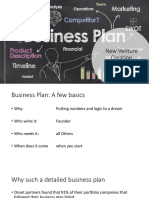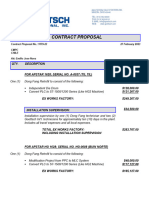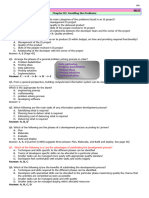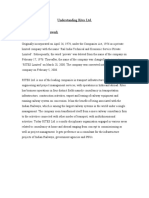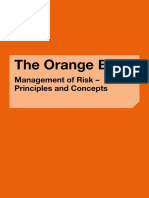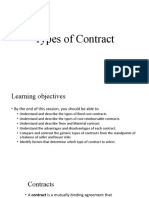0% found this document useful (0 votes)
213 views6 pagesPESTEL Model
The document discusses the PESTEL model, which is a framework for analyzing the external macroenvironmental factors that influence an organization. It breaks down the six factors of a PESTEL analysis: Political, Economic, Social, Technological, Environmental, and Legal. For each factor, it provides examples of relevant considerations for analysis, such as taxation policies, economic growth rates, demographic trends, new technologies, weather conditions, and industry regulations. Combined, a thorough PESTEL analysis can help identify opportunities and risks in the external environment that may impact a business's strategy, valuation, and strengths/weaknesses.
Uploaded by
Phalguni MuthaCopyright
© © All Rights Reserved
We take content rights seriously. If you suspect this is your content, claim it here.
Available Formats
Download as PDF, TXT or read online on Scribd
0% found this document useful (0 votes)
213 views6 pagesPESTEL Model
The document discusses the PESTEL model, which is a framework for analyzing the external macroenvironmental factors that influence an organization. It breaks down the six factors of a PESTEL analysis: Political, Economic, Social, Technological, Environmental, and Legal. For each factor, it provides examples of relevant considerations for analysis, such as taxation policies, economic growth rates, demographic trends, new technologies, weather conditions, and industry regulations. Combined, a thorough PESTEL analysis can help identify opportunities and risks in the external environment that may impact a business's strategy, valuation, and strengths/weaknesses.
Uploaded by
Phalguni MuthaCopyright
© © All Rights Reserved
We take content rights seriously. If you suspect this is your content, claim it here.
Available Formats
Download as PDF, TXT or read online on Scribd
/ 6
